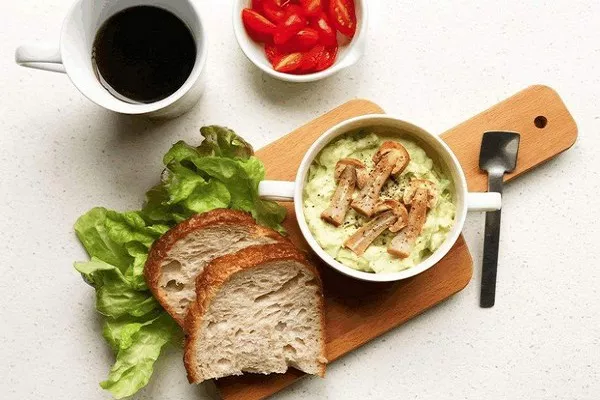Achieving and maintaining a healthy weight is a goal for many individuals. While a balanced diet and regular exercise are key factors, sometimes extreme calorie restrictions may be necessary for quick weight loss. One such approach is consuming only 500 calories per day. However, it is crucial to do this under proper supervision and guidance from a healthcare professional or a registered dietitian. In this article, we will discuss what to eat on a 500-calorie diet and provide a simple guide to help you make nutritious choices.
Understanding the 500-Calorie Diet
The 500-calorie diet, also known as a very low-calorie diet (VLCD), involves significantly reducing your daily caloric intake to promote rapid weight loss. This type of diet is often recommended for individuals who are obese or have obesity-related health conditions.
It is important to note that a 500-calorie diet should only be followed for a limited period, typically under medical supervision. Extended periods of severe calorie restriction can lead to nutrient deficiencies, muscle loss, and other adverse effects on overall health.
Creating a Balanced 500-Calorie Meal Plan
When following a 500-calorie diet, it is essential to focus on nutrient-dense foods that provide the necessary vitamins, minerals, and macronutrients while keeping the calorie count low. Here is a simple guide to help you create a balanced meal plan:
1. Include Lean Protein Sources
Protein is an essential component of any diet, as it helps build and repair tissues, supports immune function, and keeps you feeling full. Opt for lean protein sources to maximize your nutrient intake while minimizing calories. Some examples include skinless chicken breast, fish, tofu, legumes, and egg whites.
2. Load Up on Non-Starchy Vegetables
Non-starchy vegetables are low in calories and high in fiber, making them an excellent choice for a 500-calorie meal plan. They provide essential vitamins, minerals, and antioxidants while adding volume to your meals, promoting satiety. Leafy greens, broccoli, cauliflower, zucchini, bell peppers, and mushrooms are some examples of non-starchy vegetables you can incorporate.
3. Choose Whole Grains in Moderation
While grains are generally higher in calories, they can still be included in limited quantities on a 500-calorie diet. Opt for whole grains such as quinoa, brown rice, and whole wheat bread, which provide more fiber and nutrients compared to refined grains. Be mindful of portion sizes to stay within your calorie limit.
4. Incorporate Healthy Fats
Although fats are calorie-dense, they play a crucial role in the body. Including small amounts of healthy fats in your 500-calorie meal plan is important for nutrient absorption and satiety. Choose sources like avocados, nuts, seeds, and olive oil. Remember to moderate your portions due to their high calorie content.
5. Stay Hydrated and Avoid Sugary Drinks
Water should be your go-to beverage while following a 500-calorie diet. It has zero calories and helps keep you hydrated. Drinking an adequate amount of water can also help curb hunger pangs. Avoid sugary drinks such as soda, fruit juices, and energy drinks, as they add unnecessary calories without providing significant nutritional value.
6. Consider Nutritional Supplements
Due to the highly restrictive nature of a 500-calorie diet, it may be challenging to meet all your nutrient needs through food alone. Consult with a healthcare professional or registered dietitian who can recommend appropriate nutritional supplements to ensure you’re not lacking essential vitamins and minerals.
Sample 500-Calorie Meal Plan
Here’s an example of a one-day 500-calorie meal plan:
Breakfast: Scrambled egg whites with spinach and mushrooms (100 calories)
Snack: Carrot sticks with a tablespoon of hummus (50 calories)
Lunch: Grilled chicken breast with steamed broccoli and quinoa (200 calories)
Snack: A small apple (50 calories)
Dinner: Baked fish with roasted asparagus and a side salad (150 calories)
Final Thoughts
A 500-calorie diet can be an effective way to achieve rapid weight loss, but it must be approached with caution and under proper medical supervision. It is not suitable for everyone and should only be followed for a limited duration. Remember, the goal is to lose weight in a healthy and sustainable manner.
If you are considering a 500-calorie diet, consult with a healthcare professional or registered dietitian who can guide you through the process, ensure your nutritional needs are met, and monitor your progress. Your health should always be the top priority on any weight loss journey.


